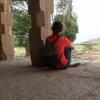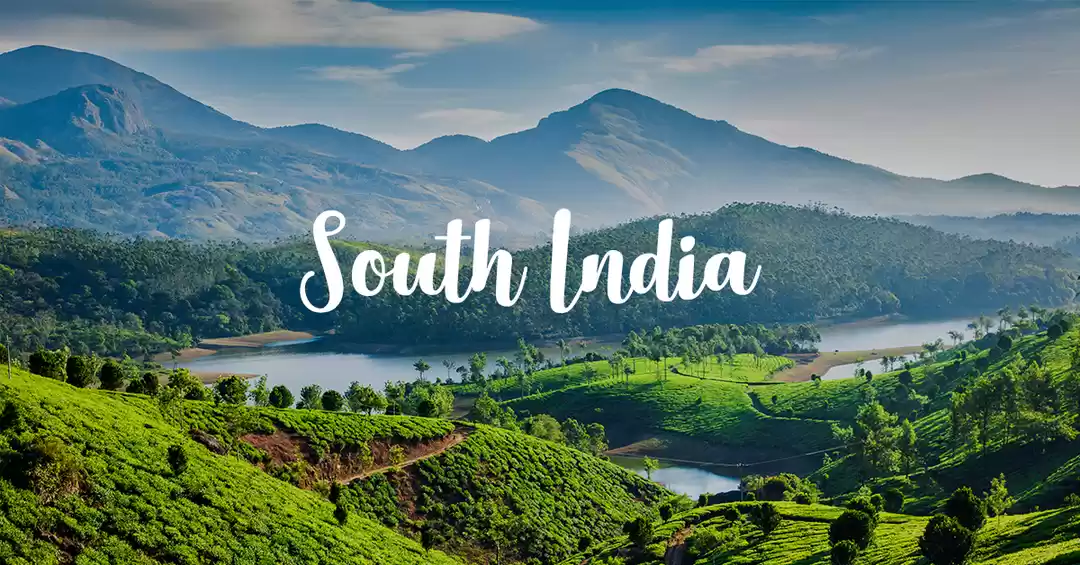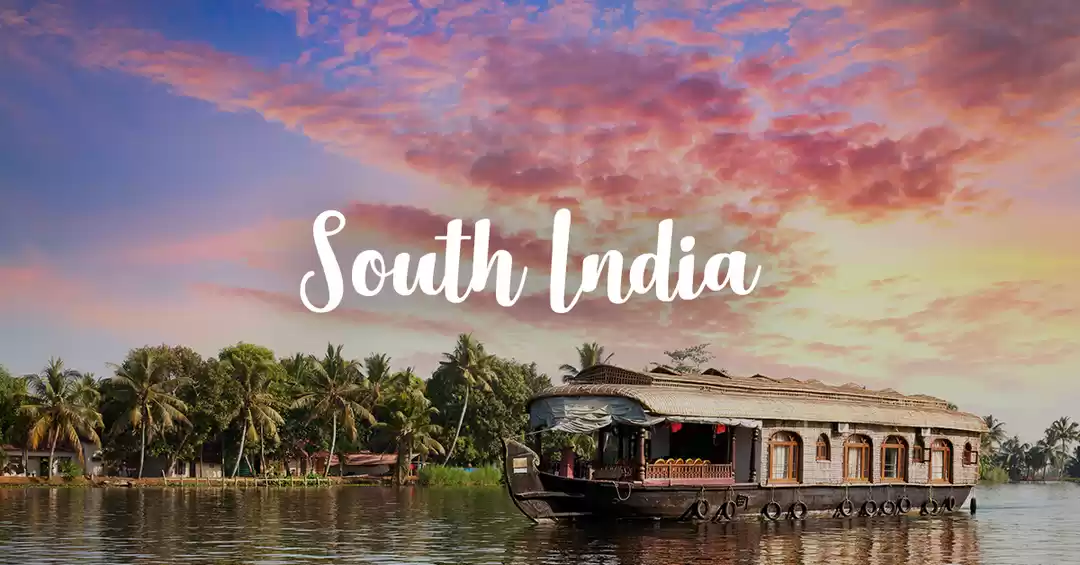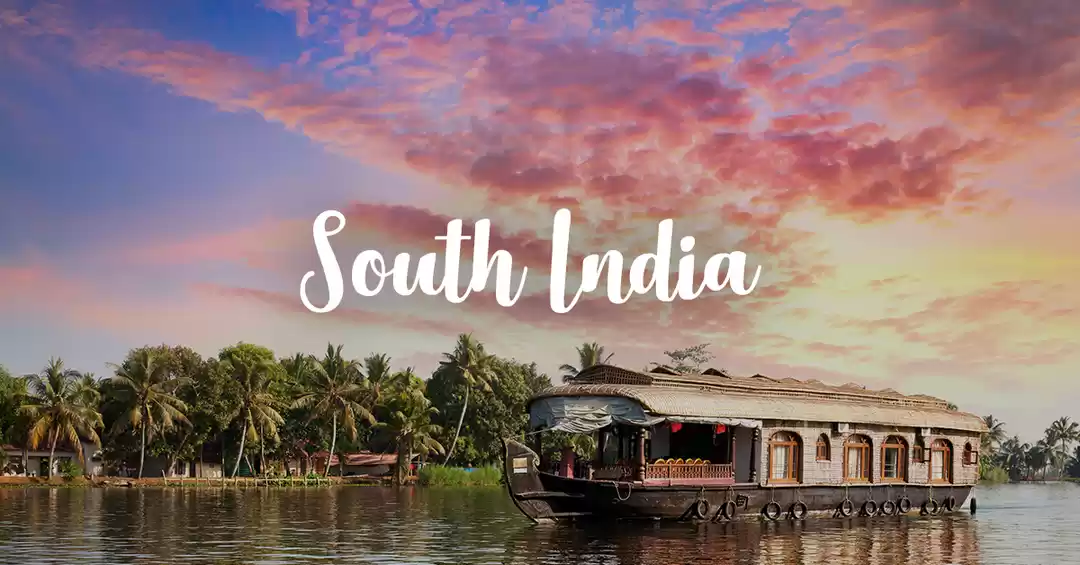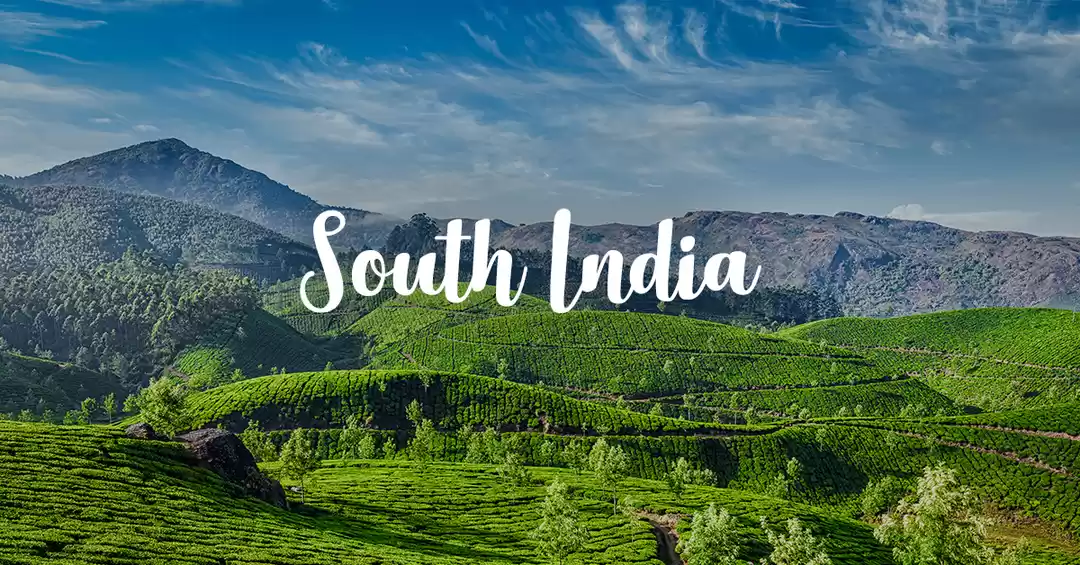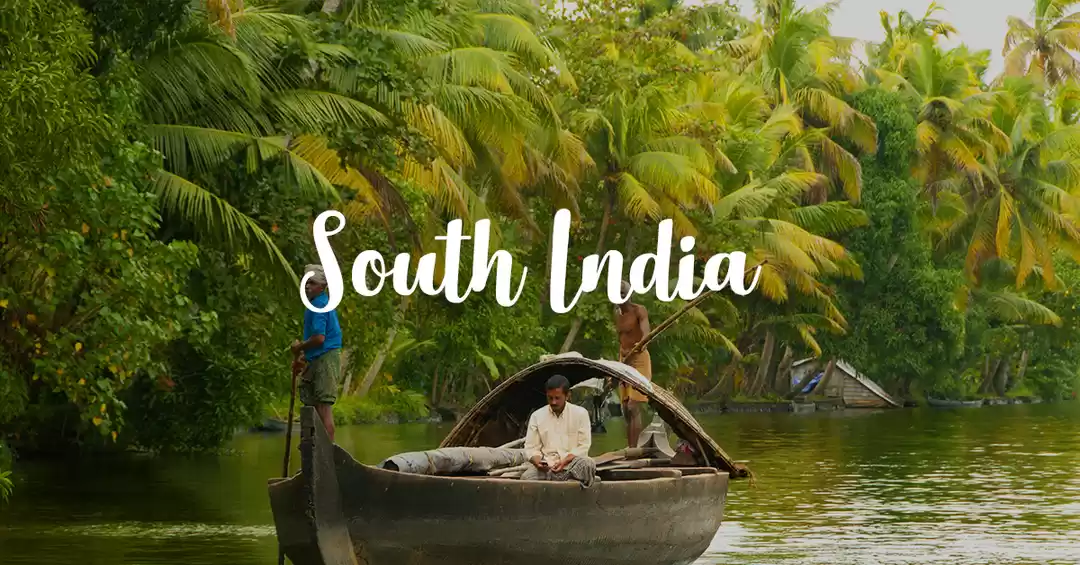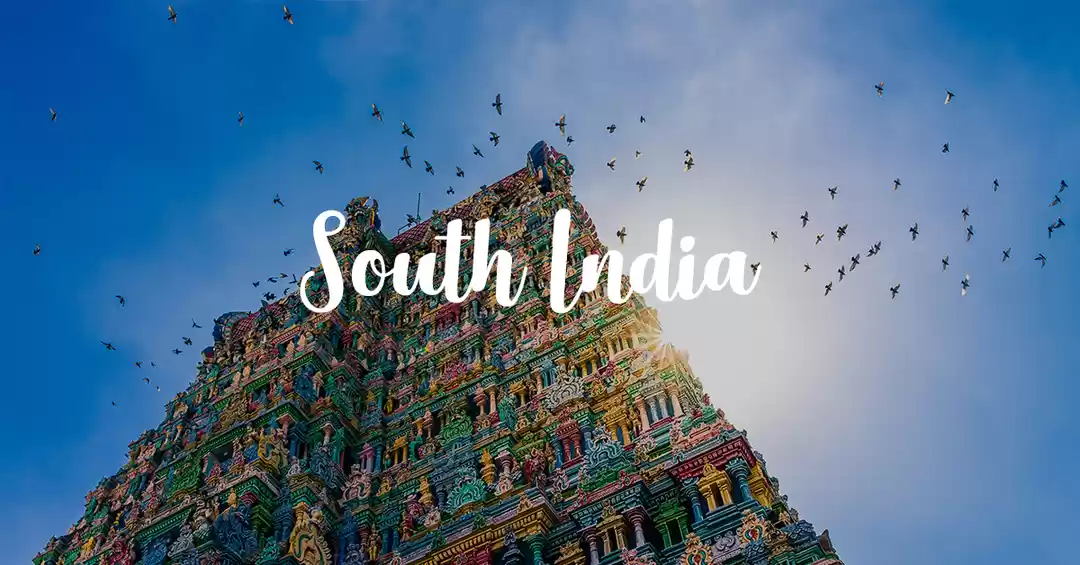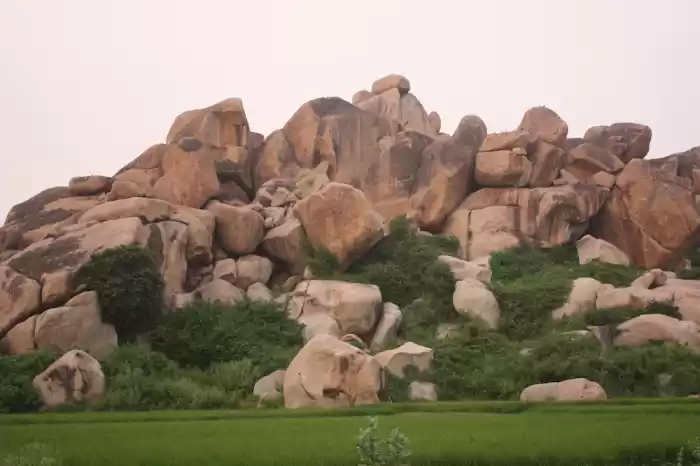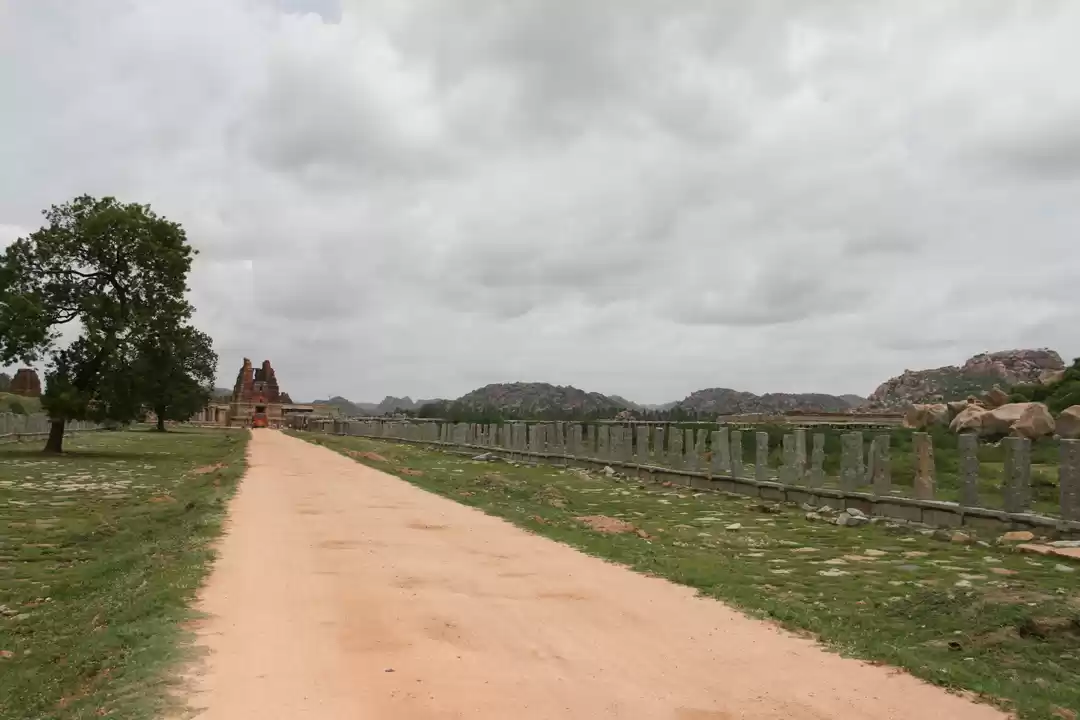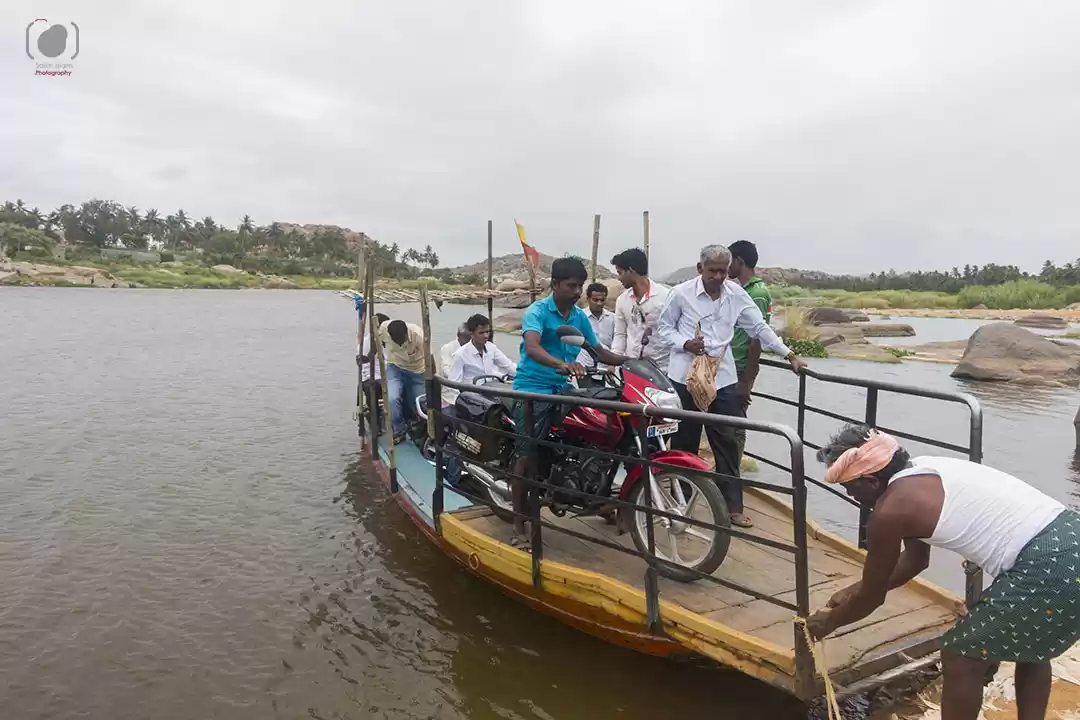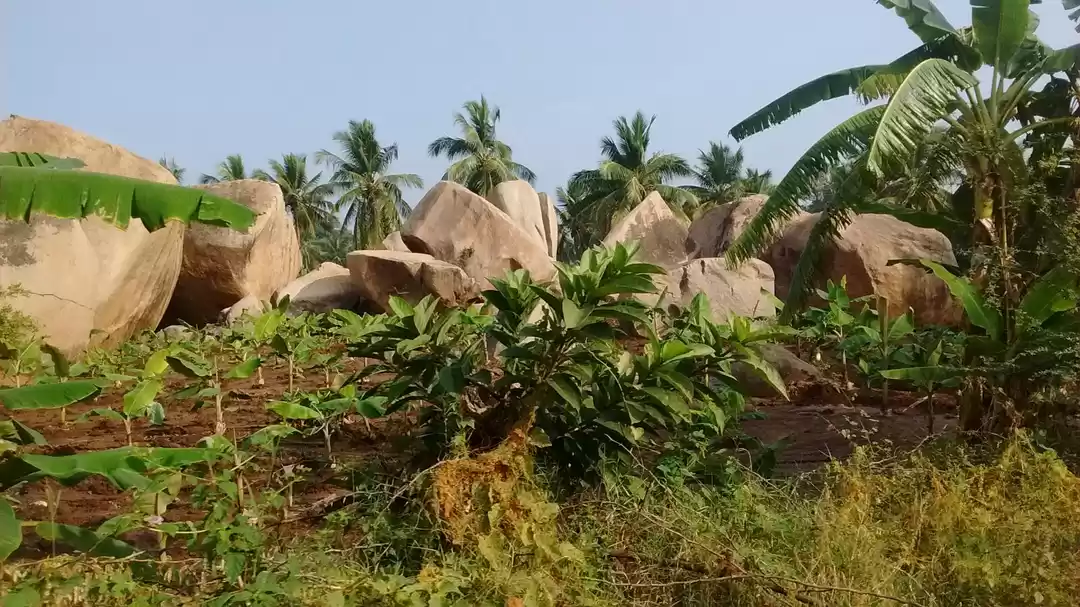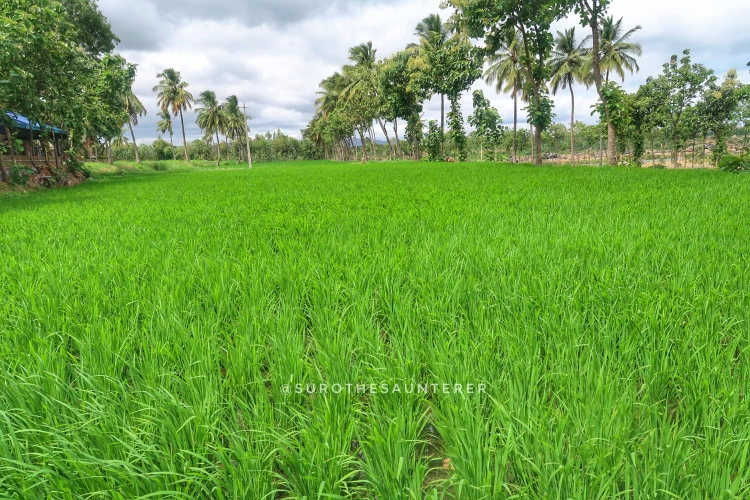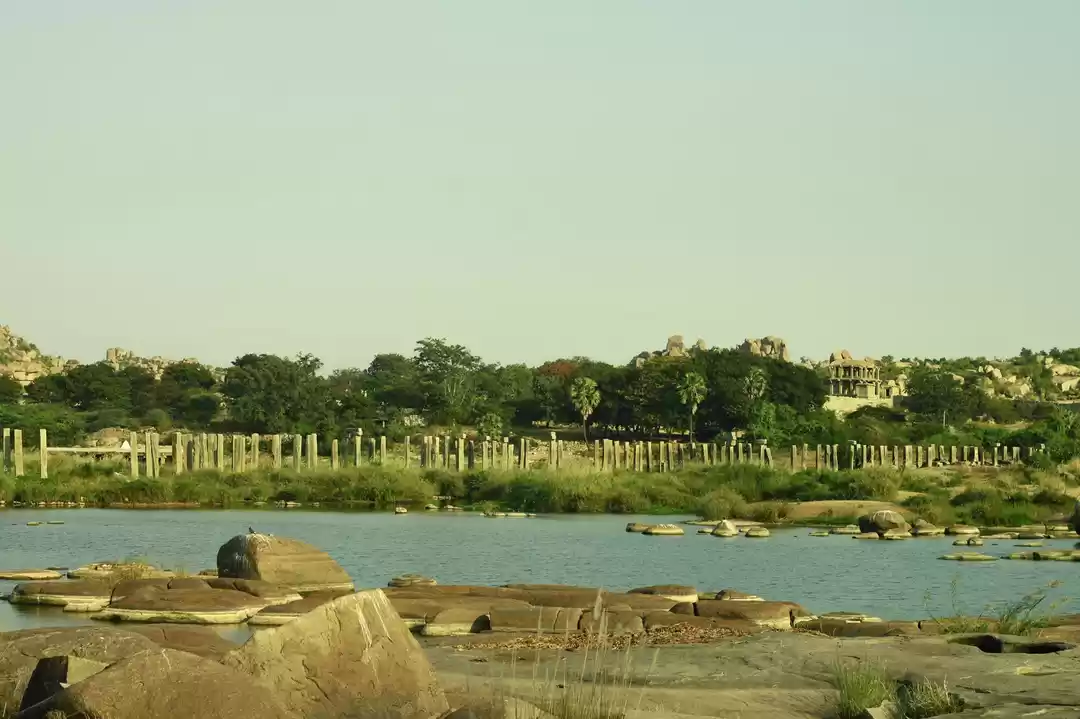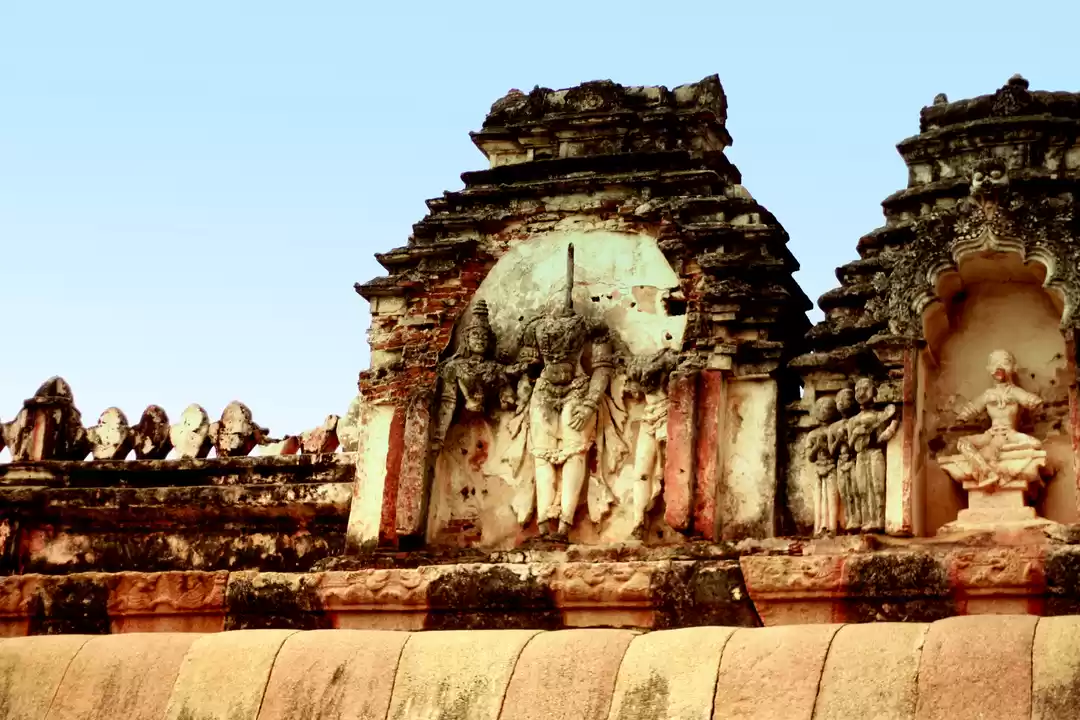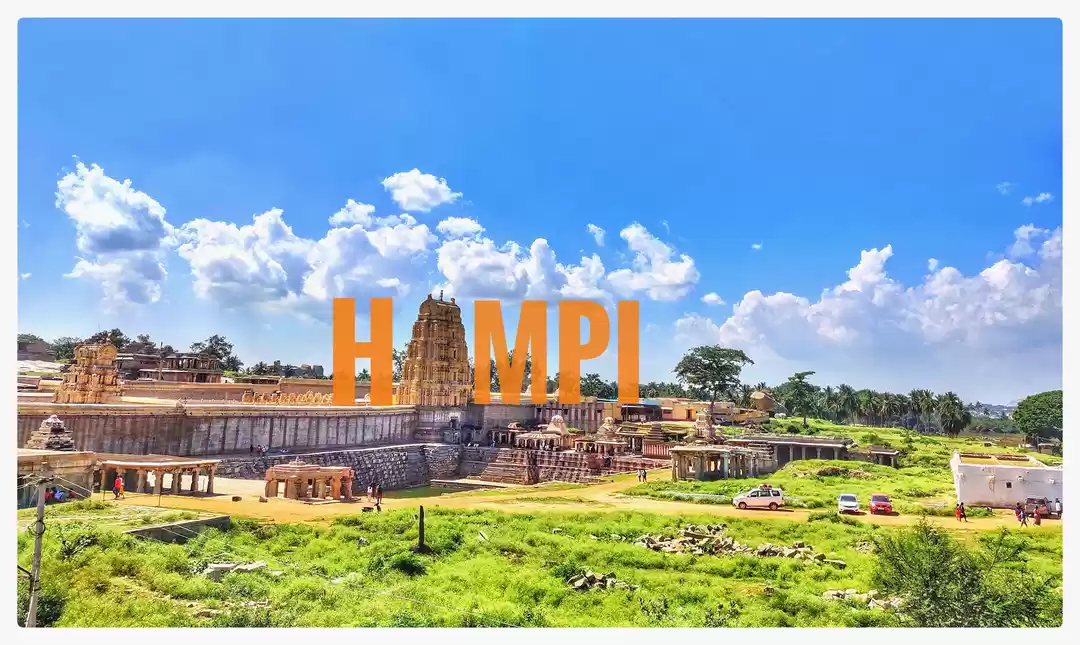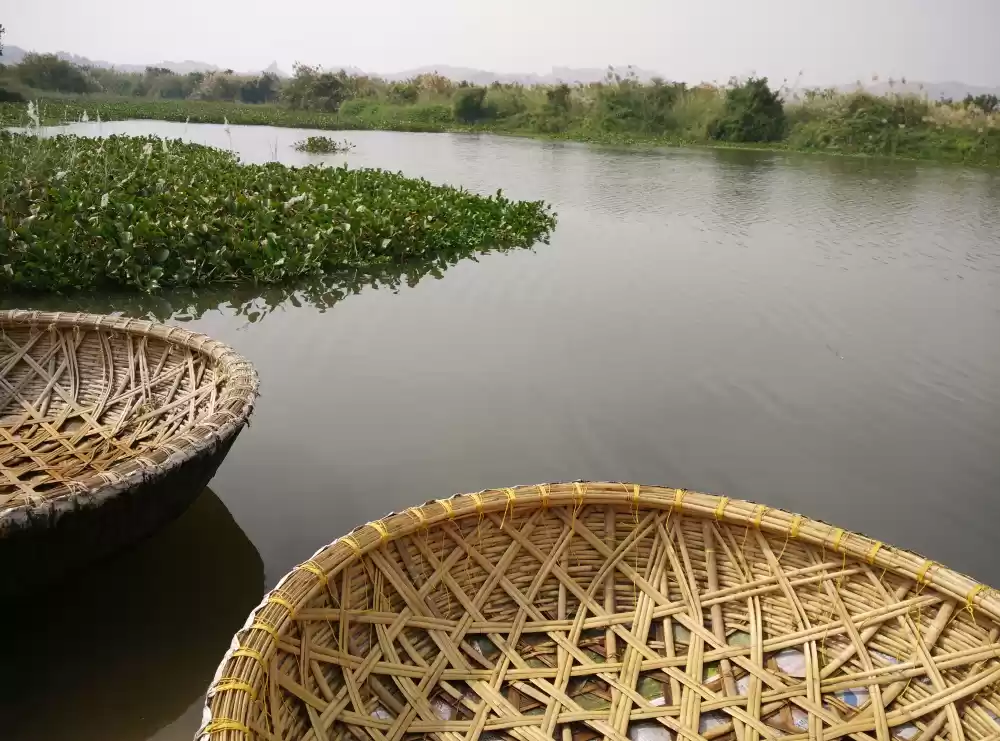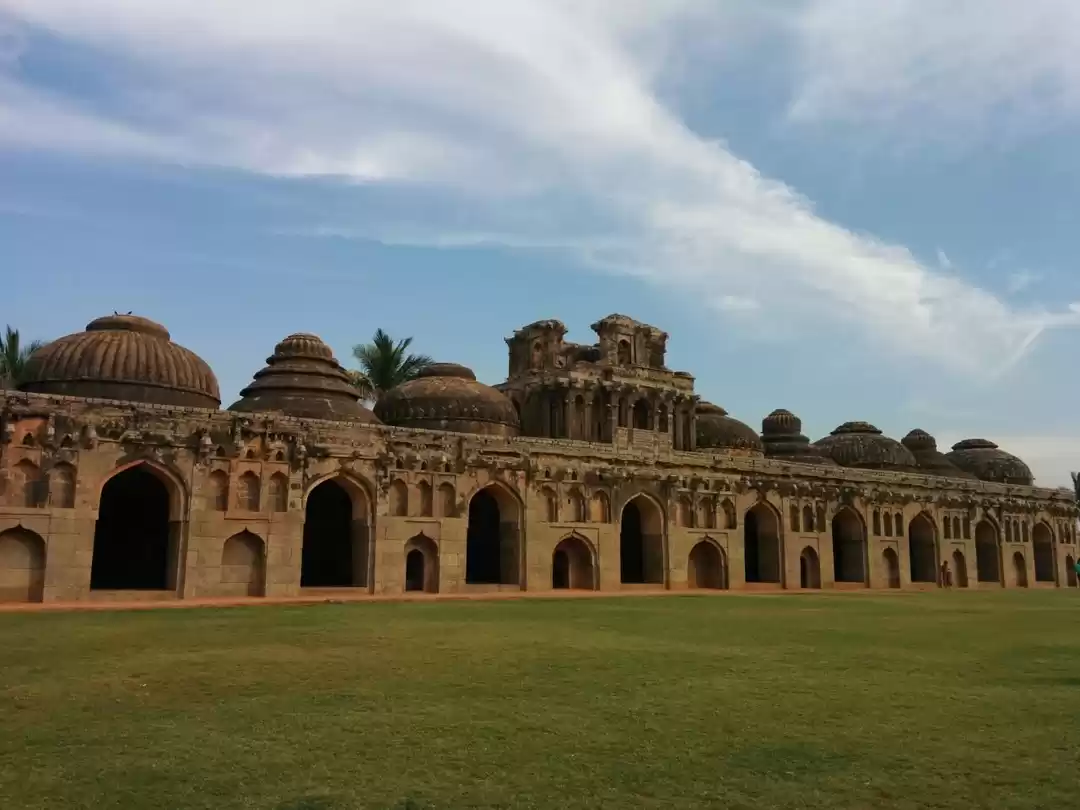
Hampi should top your bucket list without any doubt when it comes to solo travelling in Southern India. It is a perfect place for a laid-back vacation. Hampi is a village situated in east-central Karnataka on the banks of Tungabhadra river. Until a few years back, it wouldn't really have crossed the minds of many to set their foot in this village (the present-day Hampi which is in ruins, back in time was called Vijaynagara, city of victory, capital of the Vijayanagara empire which was also known as South India's largest empire). Lately, this UNESCO World Heritage Site with its rich cultural heritage and modern locality has gained prominence among backpackers and solo travellers from all over the world.
My first visit to Hampi filled me with memories of Udayagiri and Khandagiri caves from my hometown, Odisha. However, Hampi spread over a much larger area has so much more to explore, the rich mythological significance, art, and architecture are what I discovered during my second visit. Every year, travellers from all over the world explore Hampi and share their stories. I have shared my version of stories from Hampi in this blog. Hope you can relate and hope this helps you plan your trip well.
Exploring Hampi
Once you have reached Hampi, you will find the main market which is popularly known as Hampi Bazaar. It is the easiest landmark to remember. It is pretty easy to get around Hampi. I explored most of Hampi on foot as the weather was favourable. The weather tends to get hot and humid, I would suggest renting a cycle from Hampi bazaar which will cost you about Rs.150 and explore the place on your own, that will be an experience in itself. Solo travellers can also consider exploring Hampi on a group cycling tour. The tour will cost you around Rs 300 per person. You get to connect to travellers from different countries and the tour helps in learning in depth about the history of the Vijayanagara Empire. There are bikes and moped available for rent as well at a price of Rs.250-300. Alternatively, you can always hop into an auto-rickshaw at any point in time, they offer to show you around but the charges are on the higher side. You can find autos in abundance lined up almost everywhere, mostly outside every heritage site.
I have listed down some of the monuments which I admired the most for its unique architecture. There are more to explore than the ones listed below. I will leave it up to you to explore them on your own.
Virupaksha Temple
Lotus mahal
Queen’s bath
Elephants stable
Ruins at Hazara Ram temple complex
Mahanavmi Dibba or the Dasara Dibba
Vittala temple complex
Anegundi
I had planned my second trip to Hampi to explore Anegundi. It all started when I first visited this restaurant named GO Native (known for their initiative of farm-to-table) for lunch with a friend from work in Bangalore. Post lunch, we were strolling around the place when we came across a wide range of curated eco-friendly products made by local artisans. That's when a beautiful handwoven bag caught my eye, the salesperson told us it was made of banana fibre. I had seen jute bags before, but this was my first encounter with products made from banana fiber. I was in awe when she showed a collection of splendid handmade products. I was curious to learn more about this form of craft and later learnt about the local artisans who were actively involved in weaving for a living in this quaint village named Anegundi in the Koppal district of Karnataka. After some research, I figured Anegundi was close to Hampi and that fuelled my excitement all the more.
I planned a solo trip to Anegundi over the weekend. Though it was a last-minute plan, it worked out well. Most of my past travel plans, decided on the spur of the moment has turned out to be the most fun ones and this trip was no different. Anegundi is quite a less travelled place despite being in close proximity to Hampi, which is one of the most explored places in Karnataka in recent times.
I booked my stay with Uramma Heritage homes. They are experiential homestays promoting rural tourism with special focus on restoring a foundation that dates back to the 8th century keeping the local architecture alive with no compromise on modern amenities. They also adopt eco-friendly practices like having a zero-plastic zone, putting in place solid waste management systems along with plantation and maintaining trees which made this homestay a perfect pick for me. The host, Siraj was a superb guide and helped me from the time I booked my stay to leave the village.
I took a bus from Bangalore to Gangavathi that dropped me at Anegundi bridge point which was about 2.5 km from Uramma. Siraj had arranged an auto for pick up. The auto driver charged a nominal fare of Rs.100. Since I was dropped at my stop quite early in the morning, this arrangement helped me save the bargain with the local rickshaw drivers. You can contact Mr Pasha: +91-6362005009 (the auto driver), he was quite reliable and helpful.
Exploring Anegundi
Anegundi was the first capital of the Vijayanagara Empire. It is older and more scenic than Hampi and is known for its mention in Indian Hindu Mythology. It is believed to be the kingdom of Kishkindha, ruled by the monkey Prince Sugriva described in the epic Ramayana. Anegundi is also known to have one of the oldest plateaus on the planet which is estimated to be about 3,000 million years old.
Anegundi is a quaint village which can be easily explored by walking. My stay at Uramma was relaxing. The low lighting in the room was appeasing and the ambience with ethnic décor was a lovely set up for anyone to leave this place. It was a beautiful escape; I enjoyed the dawn and dusk. The glow in the night sky was magical. It was a bliss to watch a sky full of stars and waking up to the chirping of birds was musical.
Note: My views and opinions are personal about the homestays and not sponsored.
Day 1:
Chintamani Temple: I borrowed a map of Anegundi from Siraj and started exploring. I walked out of the cottage into the village, the view around was scenic and people were helpful. The view looked like someone has positioned the boulders in a certain way but they are just ruins placed naturally. After walking for some distance, I saw a board pointing towards the Chintamani Temple. On reaching the entrance of the temple, I was stopped by a local boy who offered to show me around the temple. Despite denying several times, he followed and tried narrating half-baked stories and later asked for money. The temple has caves which are believed in Indian Mythology to be a place where Ram met Sugreeva to seek help in finding his wife Sita and later Ram killed Vaali from this spot. The view from outside the cave towards the riverside will instantly fill you with thoughts of the past. Get a glimpse of the view in the pictures below.
Water Hyacinth office: I returned to the village and stopped by a small house, it was called the water hyacinth office where a handful of local women artisans were engaged in weaving beautiful baskets. Water hyacinth is an aquatic weed which grows in abundance in Tungabhadra river. They grow quite rapidly and need cleaning as it blocks the oxygen supply in the water causing harm to marine life and has an adverse impact on the aesthetics and biodiversity.
These weeds are removed from the river and their stem is dried for few days, post which it is straightened and weaved into stunning baskets, bags and other artefacts. I met madam Varalaxmi here, who worked closely with the founder (Shama Pawar) of the Kiskindha trust in the initial days, in creating awareness, educating and encouraging several women in the village to start working in the workshops. She showed me around the splendid craftwork prepared by local artisans and designers from different parts of the country. There are volunteering options here as well and students come here to intern as a part of the Kiskindha trust.
Banana Fiber workshop: It was incredible to see how the banana plant is utilised completely. Banana, the fruit is consumed, leaves are used for packaging and the steam is dried to form thin threads and these threads/strings are handwoven to make bags, hats, mats and other eco-friendly products. The Kishkinda Trust, that empowers women in utilising the raw materials to create banana fiber craft is a true example of women empowerment. This initiative that started from an idea to utilise the waste material to make sustainable products, to convincing several women from orthodox families in the village to working together, to reaching the global markets has been a success story. The products that you buy from these artisans directly contributes to the women artisans of the village of Anegundi. This helps them earn an independent income. I bought baskets for my house plants and a beautifully woven sling bag which I can't stop flaunting.
Walking ahead, I spotted Heere Deewan, a 250-year-old residence which has now been restored by Krishna Devaraya, the direct descendents of Aliya Rama Raya (from Aravidu dynasty, the last Hindu dynasty which ruled Vijayanagara Empire in South India.). He had a strong desire to restore his ancestral home, rich heritage and it was beautifully done. I didn't get a chance to speak to the decedents, though Siraj had mentioned it would have been worth my time listening to their stories. I have saved it for my next visit.
Next on the village square was a wooden chariot which was parked on the road facing Ranganathaswamy Temple. On speaking to the locals, I figured how this chariot is decked up for the procession during the festival time which is celebrated in April every year. On the same road, I spotted Gagan Mahal on the left side of the main road. This place is known for its unique architecture in Anegundi. It also resembles the lotus Mahal in Hampi. I was not able to explore this beauty from inside as the monument was under renovation.
Later in the day, I took a motorboat to cross the river to reach Hampi. The ride will cost you Rs.10/20. After crossing the river, I walked for about 1 km and reached the entrance of the Vijaya Vitthala Temple. I was exhausted from the scorching sun and skipped exploring Vittala temple (It is a must-visit). I took an auto to Hampi bazaar and had a lavish meal at this restaurant named Mango tree followed by some quick shopping, watching the sunset over the hills and back to Anegundi.
A quick tip: There is an easier route to reach Hampi bazaar from the Vittala temple complex. You can walk or take one of those battery-operated vehicles to and from the entrance to the main temple. On reaching the main temple, you can choose to walk ahead covering another 2.5 km along the ghats to reach Hampi bazar. This is a shorter route. Alternatively, many autorickshaws are always parked at the entrance of the temple complex. They usually charge somewhere between Rs.150-300 to drop at Hampi Baazar ( Covering a distance of about 10 km).
Note: All about Day 2 and more is continued on my next post "A solo trip to Hampi-Anegundi, Part-II".

